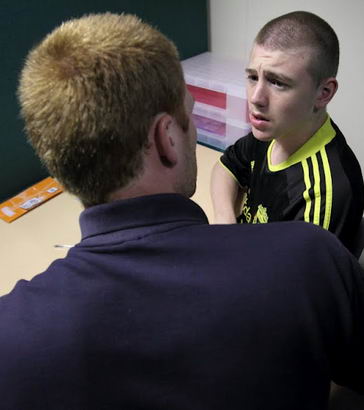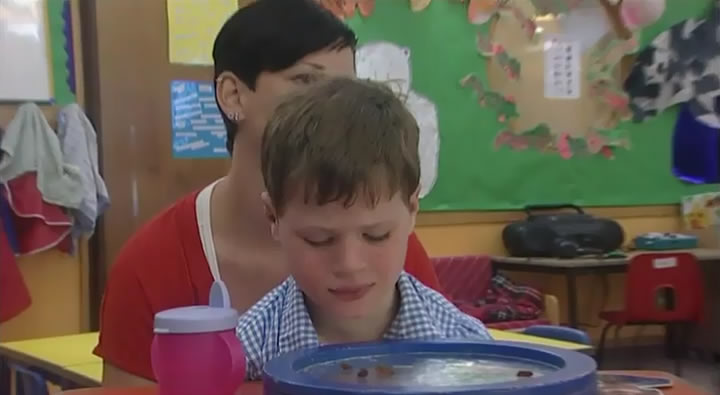
What do you think anxiety is?
Anxiety is a psychological and physiological state characterised by emotional, cognitive and behavioural components.
Anxiety creates feelings of fear, worry, uneasiness and dread.
Children showing possible distress need a calm and considered response. Notice how Niamh's teacher and teaching assistant work together in a calm, considered and planned way to support and help Niamh.

Think of a time when you were anxious. What were the symptoms of your anxiety? You will have experienced a number of the following symptoms:
- Dry mouth;
- Feeling shaky;
- Sweating;
- A fast heartbeat;
- A tense body;
- Fast breathing;
- Feelings of dizziness; and/or
- Difficulty sleeping and/or relaxing.
Think about how these powerful symptoms might affect a child.
Think of a child that you know who has been anxious. Ask yourself the following questions:
- How do they communicate anxiety to you and others?
- What exacerbates their feelings?
- What do you think you can do to support them?
- To what extent can you work effectively with parents and carers to reduce and alleviate some or all of these symptoms?
- Do you think that the current systems in your school identifies anxiety in children effectively?
- Ask your colleagues or other parents and find out if there is any consensus around this topic.
It is sometimes difficult to put yourself in the shoes of a child with complex needs. This resource will enable you to do just that.
